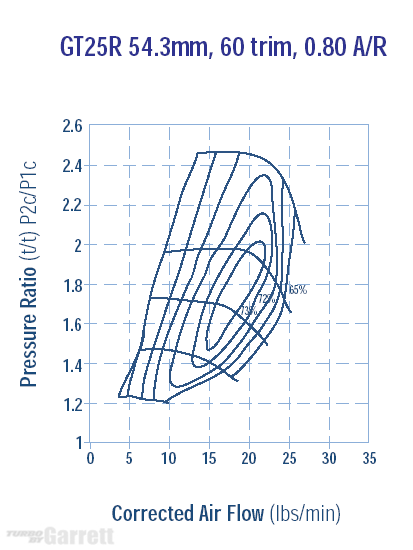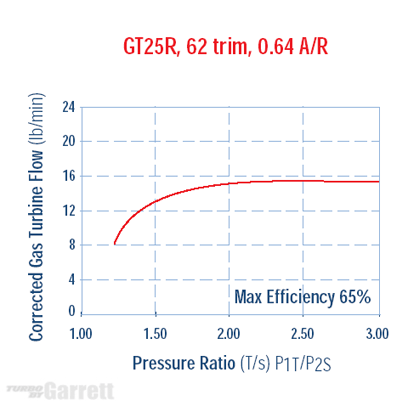ahmedshaikhani
@Xulfiqar
4G13 CR ratio is already 9:1. What else do you want ?
@ahmedshaikhani
Sir I think you misunderstood what Xulfiqar is trying to inform you about.
He is actually telling you about the basics of turbocharging. and one big problem is that people don't know the basics of turbocharging.
the point that he is directing your attention towards is Turbocharger Compressor Efficiency
now simply put an increase in pressure is called "boost" and is measured in Pascal, BAR or PSI. The energy from the extra fuel leads to more overall engine power. For example, at 100% efficiency a turbocharger providing 100 kPa (= 1 Bar or 14.7 PSI) of boost would effectively double the power of the engine. However, there are some parasitic losses due to heat and exhaust backpressure from the turbine, so turbochargers are generally only about 80% efficient because it takes some work for the engine to push those gases through the turbocharger turbine (which is acting as a restriction in the exhaust) also on the compressor side the blades impart energy into to the air in order to compress it and this energy heats up the air.
now there are things like compressor maps that tell these things about a specific turbocharger and every turbo variant has a unique map and compressor efficiency line and as every turbo is designed to run differently so a small turbo has less efficiency but as an advantage kicks in at low rpms sacrificing high boost and stable intake air temperatures for example a CT9, now a mid size turbo like a CT12 kicks in at slightly higher RPMs but this small disadvantage makes it go upto a relatively high boost and give stable intake air temperatures at that boost. bigger turbos have higher efficiency and vice versa.
So suppose at 12 psi the tiny CT9 is providing the engine with less efficient warm air and is close to the compressor surge and choke line and is running out of juice whereas the CT12 is just getting started.
now why is this a bad thing,the main disadvantage of high boost pressures for internal combustion engines is that pumping the inlet air increases its temperature. This increase in charge temperature is a limiting factor for gasoline engines that can only tolerate a limited increase in charge temperature before pre-ignition occurs(BANG! engine blown to pieces ). The higher temperature is a volumetric efficiency downgrade for both types of engine. The pumping-effect heating can be alleviated by intercooling or aftercooling, or both.
observe the maps for a GARRETT GT25R ball bearing Turbo. 

Thank you.